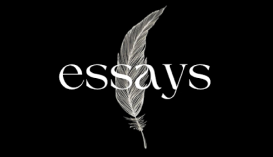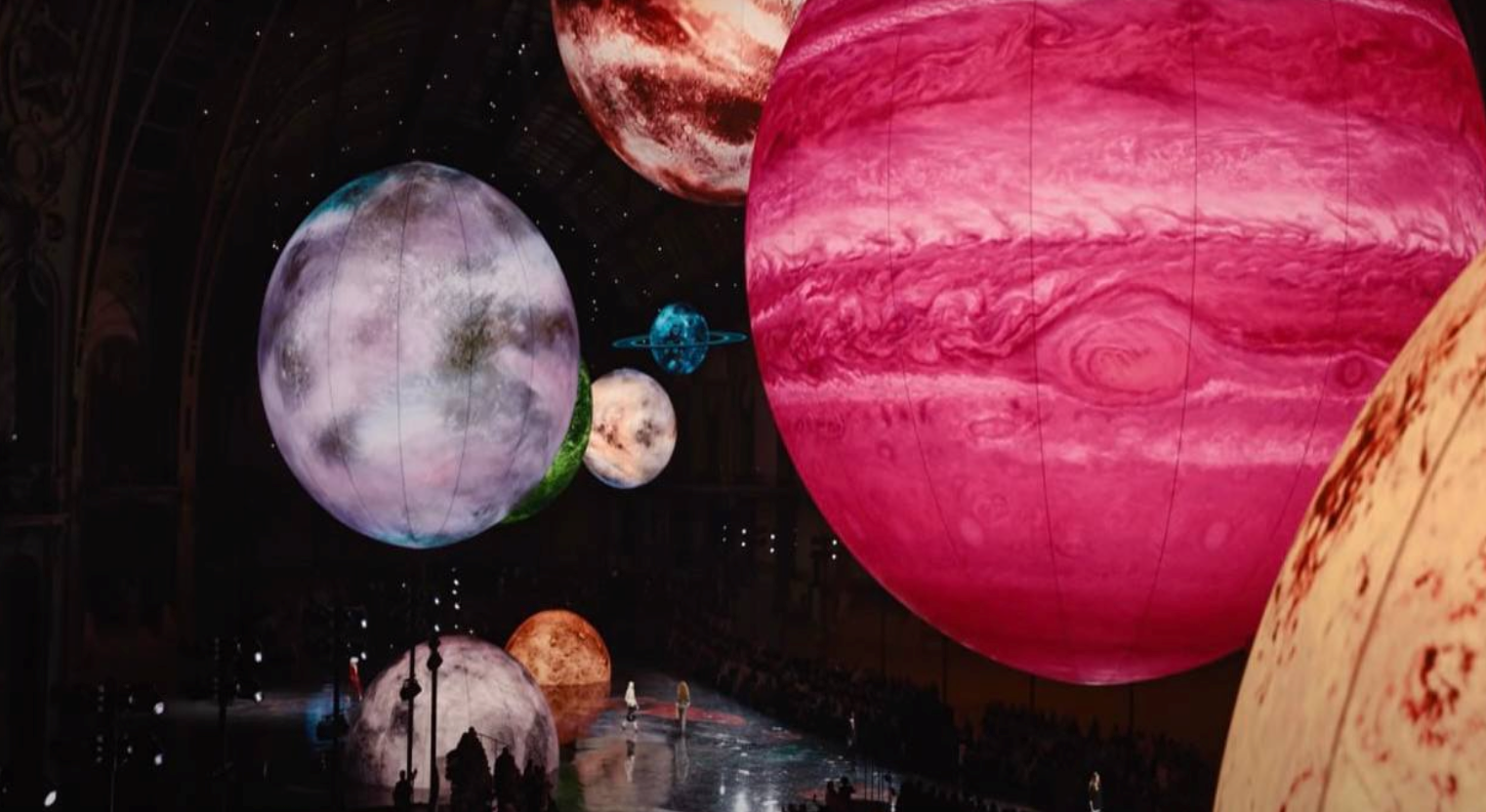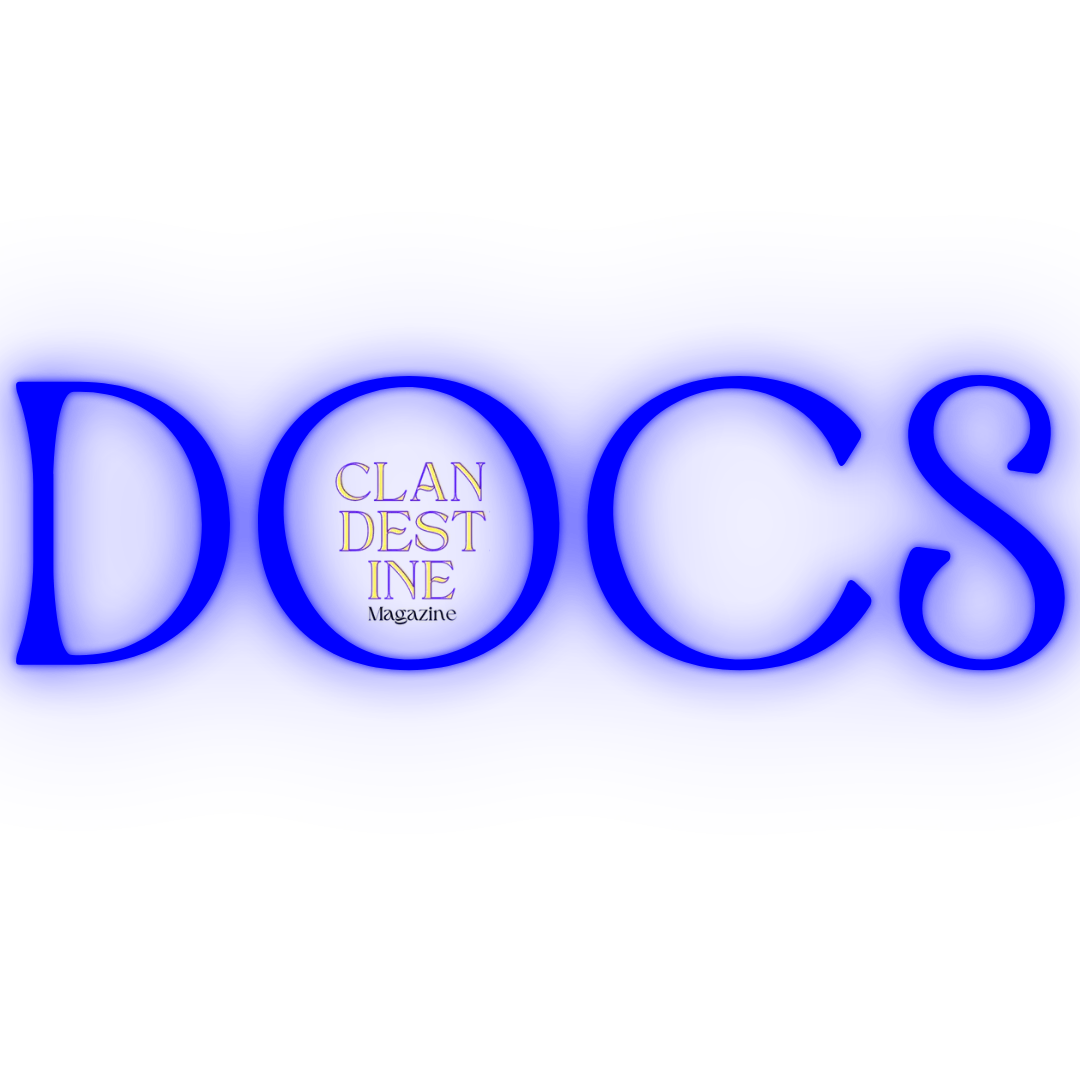Blazy’s New Vision, the Return of Chanel’s Original Style and the legendary Tweed to go silent
Mathieu Blazy could’ve complained about AI having the potential to become a new Karl Lagerfeld, dismissing the human creativity factor in fashion industry tycoons.
Instead, he came out with his first but already bold collection Spring ’26 for Channel, as its newly appointed creative director. It hit the fashion world quietly but strongly, evoking the industry to point at its usuality and quiet elegance style, far from the dominating trend for extravagance by Balenciaga’s creative director, Demna. Blazy’s vision brought a breath of fresh air to the brand, lightness in colours, playing successfully with the almost complete lack of pattern and flawless lines.
It can be called a completely new and unknown vision for Chanel, where bijouterie glamour, famous racing textile tweed and big pearl necklaces have long dominated the understanding of women’s wear elegance.
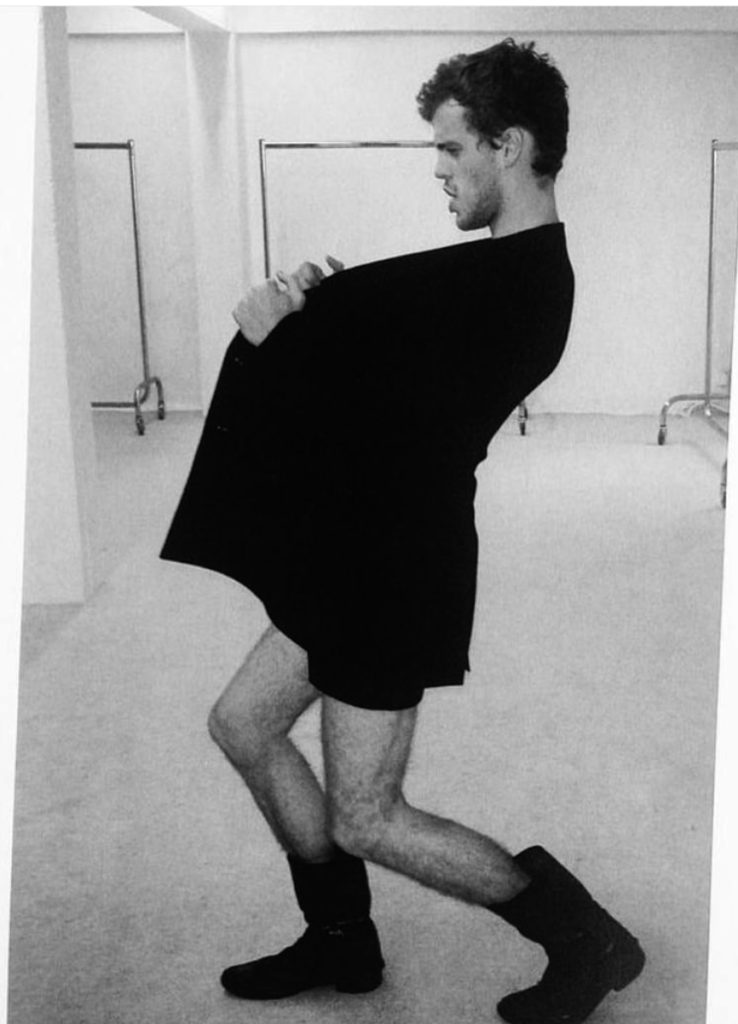
Matthew Blazy during his times at the Raff Simons, where he started his career
But Blazy had done it before many times in his artworks for Maison Margiela.
The difference lies in the heaviness angle of looks and colour abundance, which, unlike in Margiela’s works, was reduced to a level that doesn’t overwhelm the perception of high-end and classy looks.
Not too playful, preserving the timeless Chanel patterns recognisable for their naivety and smart simplicity.
He preserves the original roots and pays tribute to the fashion house’s history and its legendary founder, Madame Chanel, by letting the audience know that he is new, but he worships the history.
Not trying to completely change it, the designer looks at the house’s iconic decisions from a different angle, without demolishing its origins.
Unlike the great and powerful Karl Lagerfeld, his show appears less like a “Versaille party” with shadowed lights and cold tones leading.
The hint of opulence or grandeur is absent.
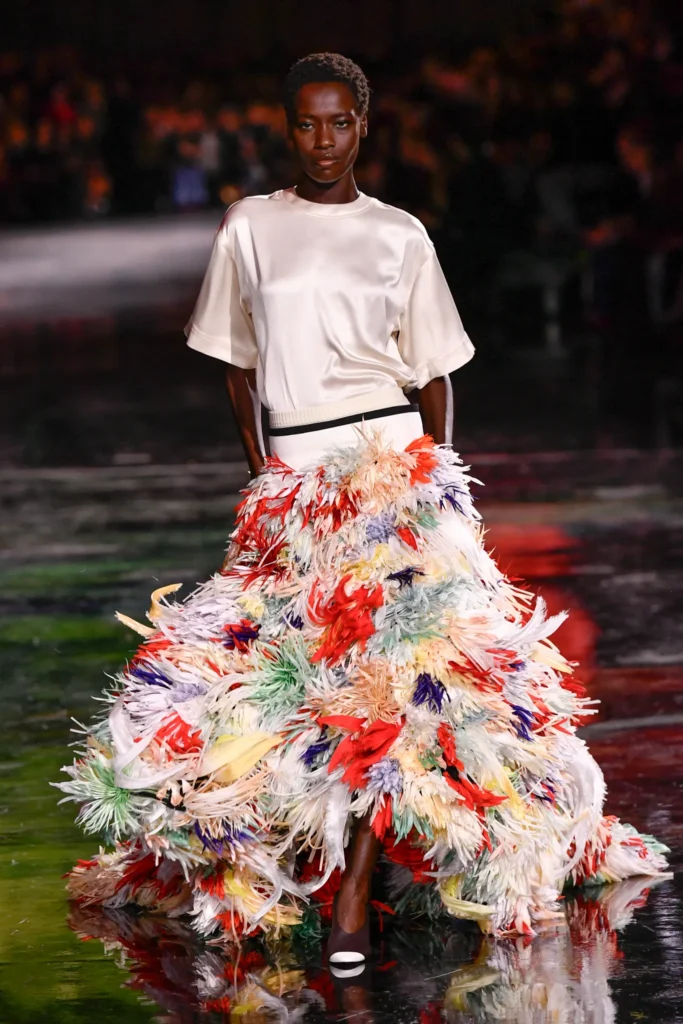
Beginning with the light mashup DJ soundtrack “No Volveré” by the Gipsy Kings, a melody slowly intertwining French pop notes with classic violin, it subtly conveys the important message Blazy “quietly” shouts out to the fashion world.
As the soundtrack’s title translates from Spanish to English as “I will not come back,” the designer signals his decisive move to fully reimagine Chanel’s identity.
He keeps his promise, and we see the models walking among the universe-themed planet installations, a fulfillment of his fascination with astro-science since his graduation collection dedicated to Claudie Haigneré, the first French woman in space.
They are dressed in gowns that mostly consist of sharp, elongated lines, yet still allow freedom of movement, never trapping the model within the clothing or overshadowing the person wearing it.
Initially, this emancipation was the key factor of the brand creation, when in 1910, ahead of her time, ambitious and later on controversial as history remembers now, Madame Coco opened her first boutique in Paris.
As a manifesto of freedom in women’s clothing, Chanel was the first woman in fashion history to wear wide trousers, previously reserved for casual beach walks or sports leisure. She paired them with casual and pretentious bijouterie, considered “cheap” by early 1900s public prejudices influenced by the old world of must-have luxury jewelry inherited through generations.
Blazy’s Spring 26 immersive show, combining this “liberty” in the universe installations and the collection itself, for the first time in a long while shifted the brand away from loud luxury, emphasizing the cleanliness and ease of the look over the formerly seen opulence. Cream and white, both referencing Chanel’s infamous camellia, prevail on the runway, sometimes balanced with black in different textile pieces, all sewn together with silky beige long skirts, giving a subtle nod to the little black dress in a single look.
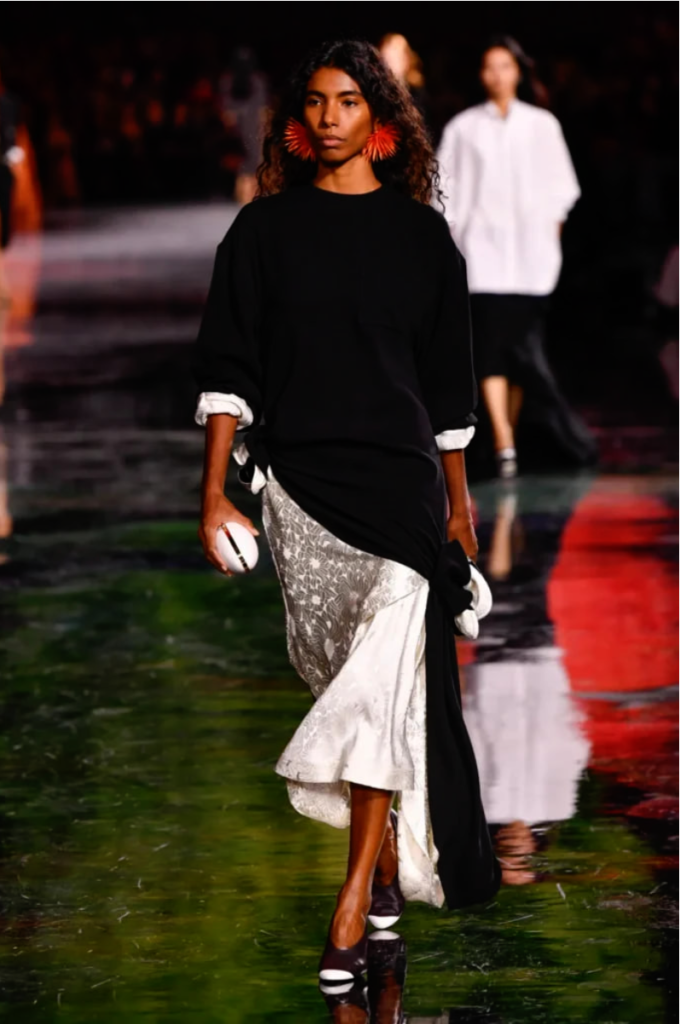
The classics, meanwhile, remain at the core as the new style is explored. As the runway flows, emerging with a louder palette to contrast the different tones of white styling at the core of each look as a balancing factor, the glitter, the feathers, the juicy apple-red two-piece suits, the richly decorated flip bags and the large, mostly floral brooches break into the scene. Strikingly, they interact with the fiery red planets hanging from the ceiling. Not excessively, so the légèreté remains the main focus of the collection.
At moments when a few tweed suit pieces enter the runway, carefully crafted from noticeably lighter tweed, or in some cases fully replaced with look-alike tweed materials, the accompanying soundtrack plays a monologue with the phrase, “…I always thought of that woman.”
Because Blazy remembers the woman who created and pushed the fashion world beyond its limits, in his monologue Une Conversation he doesn’t really speak to himself. He attempts to reach Chanel as an ephemeral ghost, guiding the house even after her death, with the timeless brand making significant decisions that remain rooted in the present. He doesn’t need a reply from her as a blessing for this new beginning and its prosperity. He simply wants to ensure that her legacy is remembered and embodied in the brand’s renewed vision.
So he imagines what their dialogue might look like — her remaining devoted to her endless tweed and him playing with the breeze of tulle, almost runaway forms, silky sensitive canvas and precise, unobtrusive elegance.
All unfolds against the backdrop of the show’s soundtrack, “Rhythm Is a Dancer” by Snap!, the French pop icon hit that conquered the charts in 1992. Its “I would run away” line captures Blazy’s dream of fleeing the old representation of Chanel.
He runs away and then returns like the Prodigal Son of the holy world of fashion. He comes back to speak to Madame, not merely to the source of inspiration, but to the spiritual force guiding him. To rebirth Chanel’s heritage with his own feelings, his own experiences.
And it seems that their conversation, rather than leaving him alone in silence, bears its own unexpected fruits — unique for the modern brand identity, yet irresistibly compelling and desirable.








